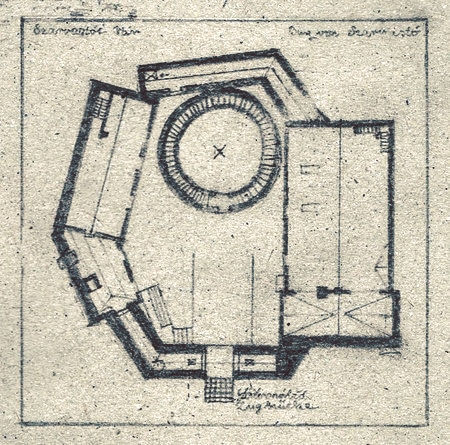SZARVASKÚTI CASTLE
2063 Szarvaskút-Váralja, Szarvas-mező 1.
Construction of the Szarvaskút Castle began in 1132 based on the final plans completed in 1130. It was completed nine years later, in 1141. At that time, the wing facing the main station (Szarvaskút-Váralja) did not yet exist, and in the middle of the castle there was a stable for keeping horses. The castle was first inhabited until 1260 by a family named Mustztha. The statue of their ancestor, Count Mustzthai, can be seen today on the west side of the castle. During these times, the settlement flourished greatly. The legendary Szarvastó-Szarvaskút, which is fictitious, is about these times. A small map of the Szarvastó fiefdom from around 1240 has survived from this time.
After the Musthaians1260-1526until , another family, the Busháts (sometimes the Busháts), received the castle from the king. The folk tale a King Matthias and the Young Judge is about that time, from the time of King Matthias. After them, L. Adalbert, Ignác Palotai and Ágoston Paál became the masters until 1544, until the Turkish occupation. The castle was handed over to the Ottomans without a fight. The old rose garden and the Bobófalvi watchtower were built in Turkish times. When the Habsburgs occupied Hungary, of course they invaded Szarvasto as well. In a very barbaric manner, the Turkish rose garden was also destroyed, so much so that not a single stone was left there. However, it was then that Szarvastó's current road network system was formed, as well as the wing above the present-day main station of the castle, and the stable was also demolished at that time. The chapel not far from the castle was also built at this time. The railway track and tunnel were built during the Austro-Hungarian monarchy, initially only for freight transport.
Unfortunately, during the Second World War, the tower of the castle was hit a little above the roof of the residential building, from the Bobófalva side, and the roof of the Bobófalva tower was also damaged, but both have now been rebuilt in an authentic way. Then the Russians blew up the trapdoor of the castle so that the Germans could not keep themselves inside. Since then, the castle has no doors, it is only protected by a retractable iron grill built in 1989. At the end of the Second World War, the castle lost all its defensive value and was used as a weapons depot until 1956, after which it can be visited by tourists. Today, a historical_exhibition operates in it, which reopened its doors to tourists on June 1, 2018 with a truly exciting and modern collection.










